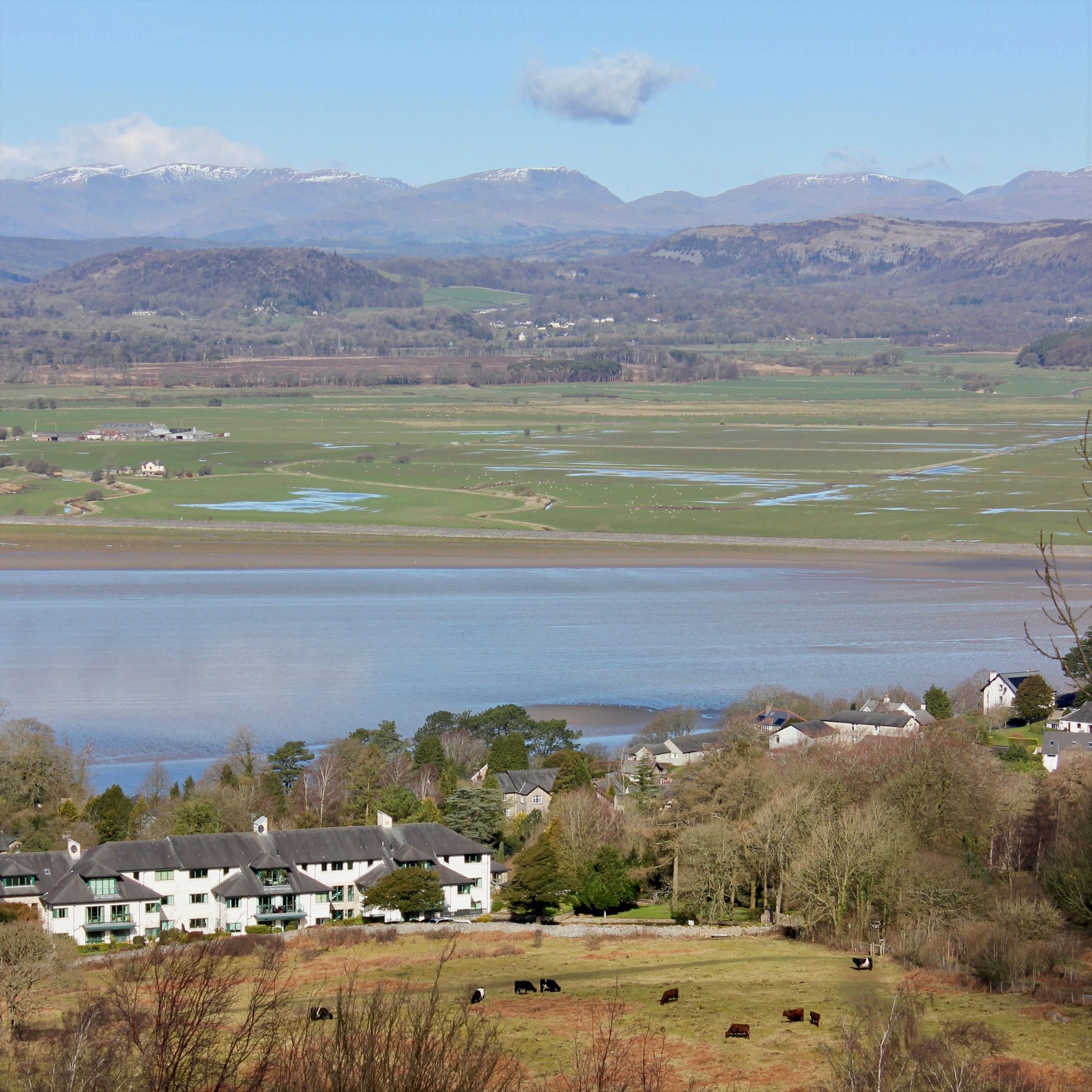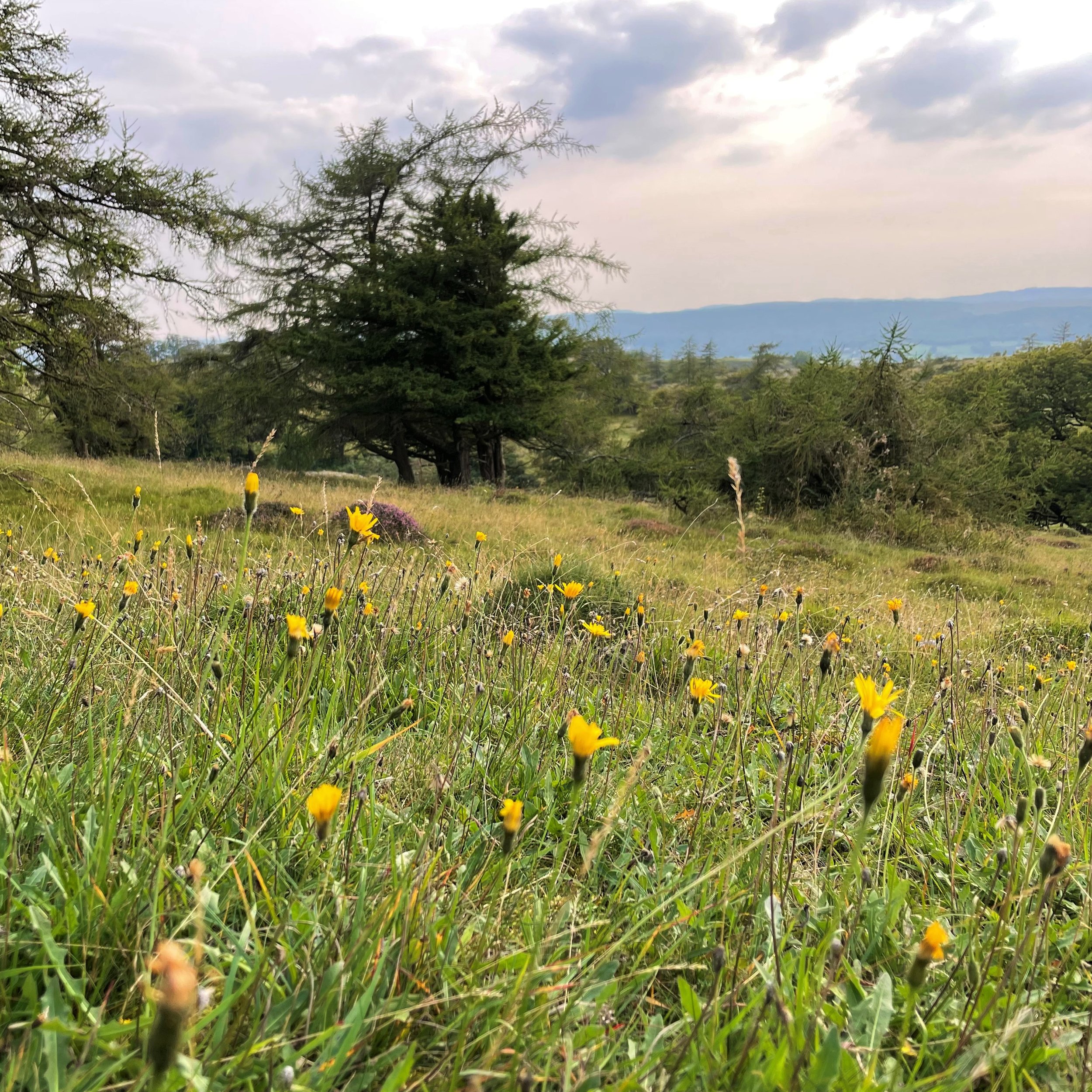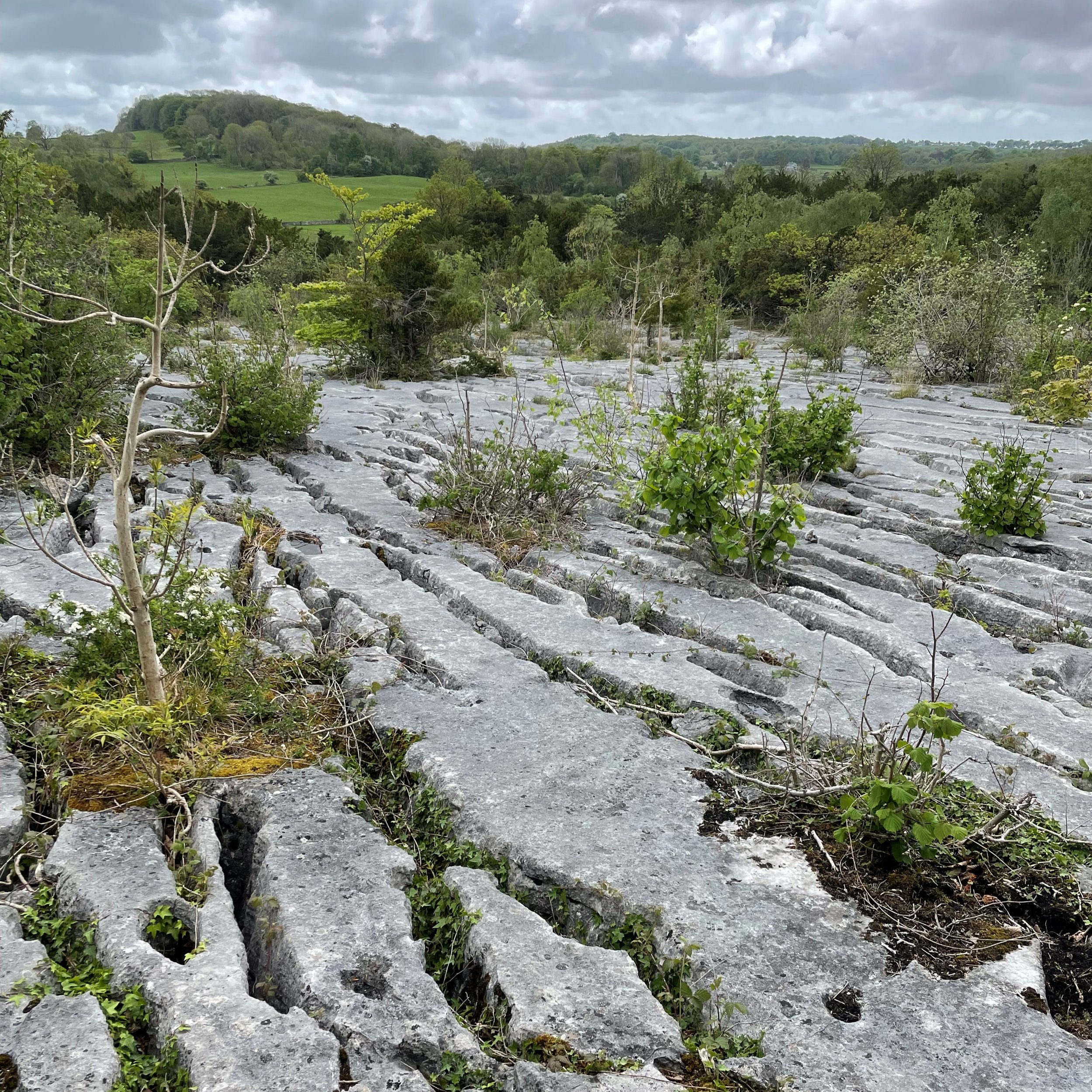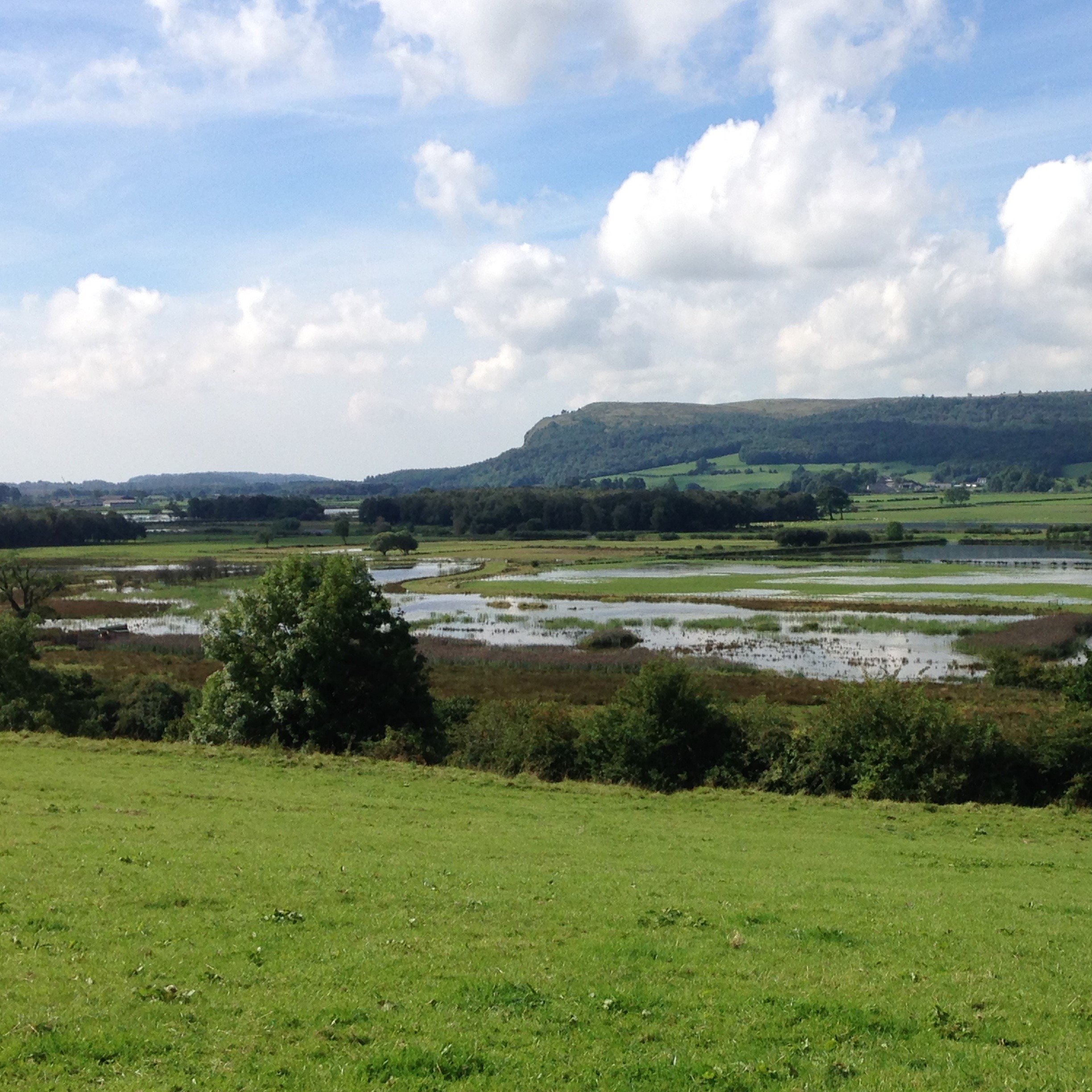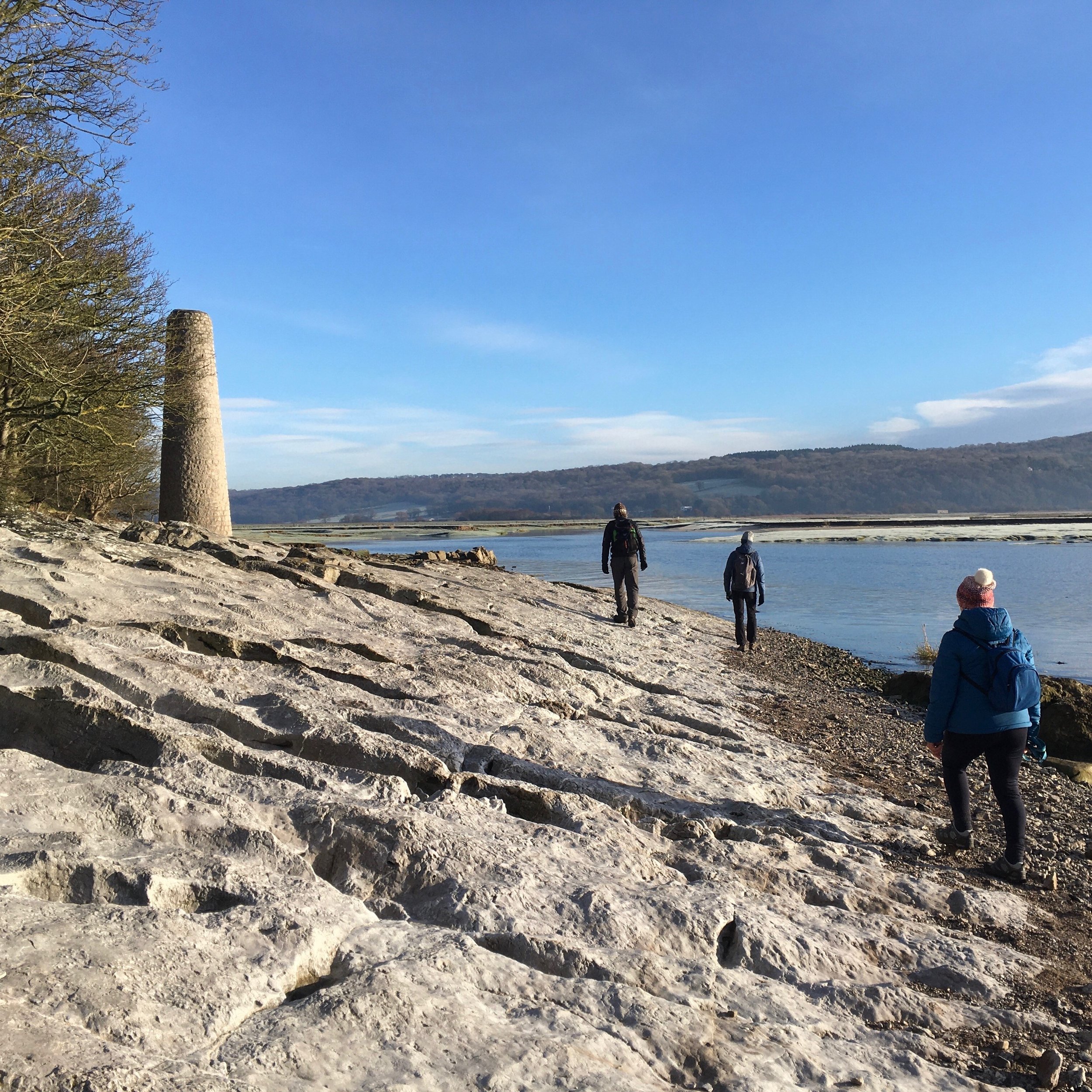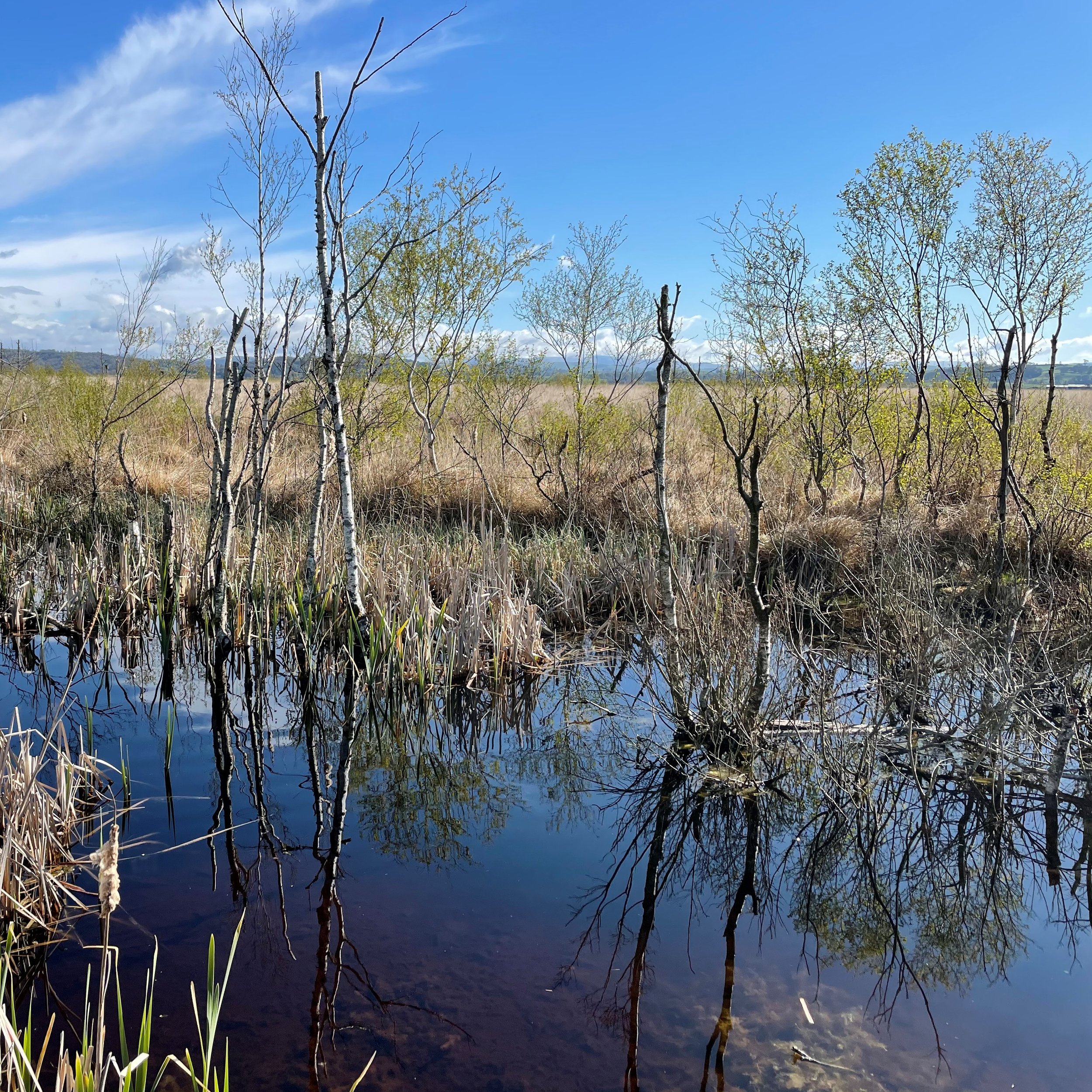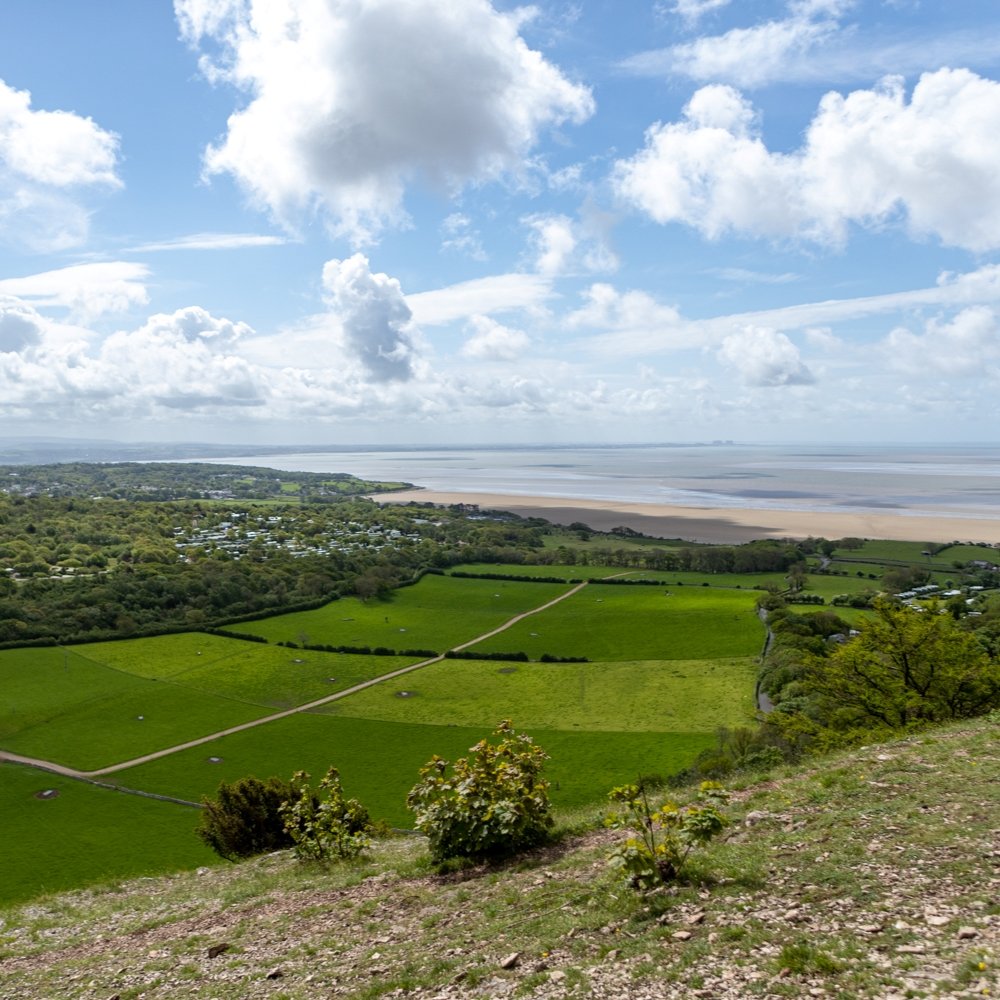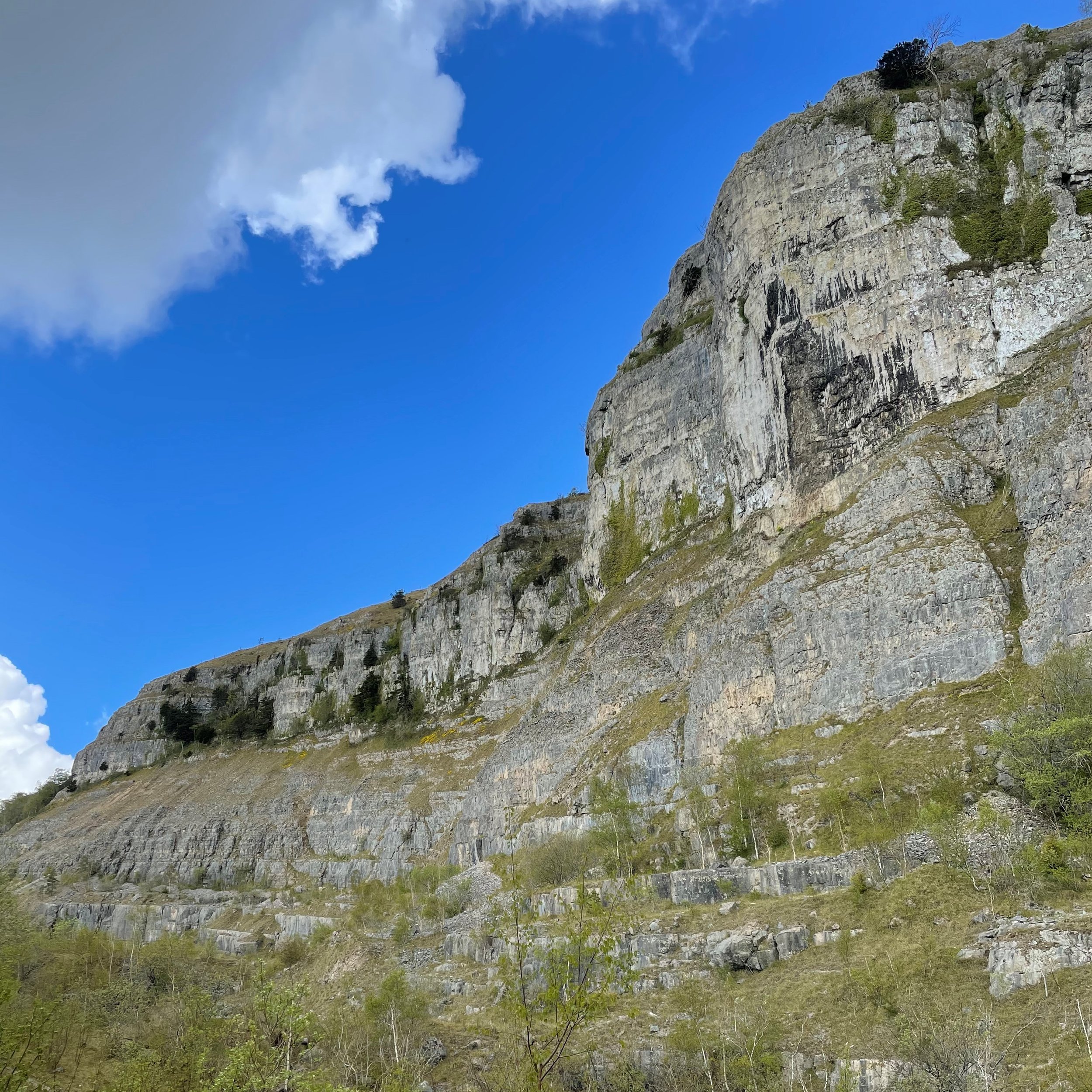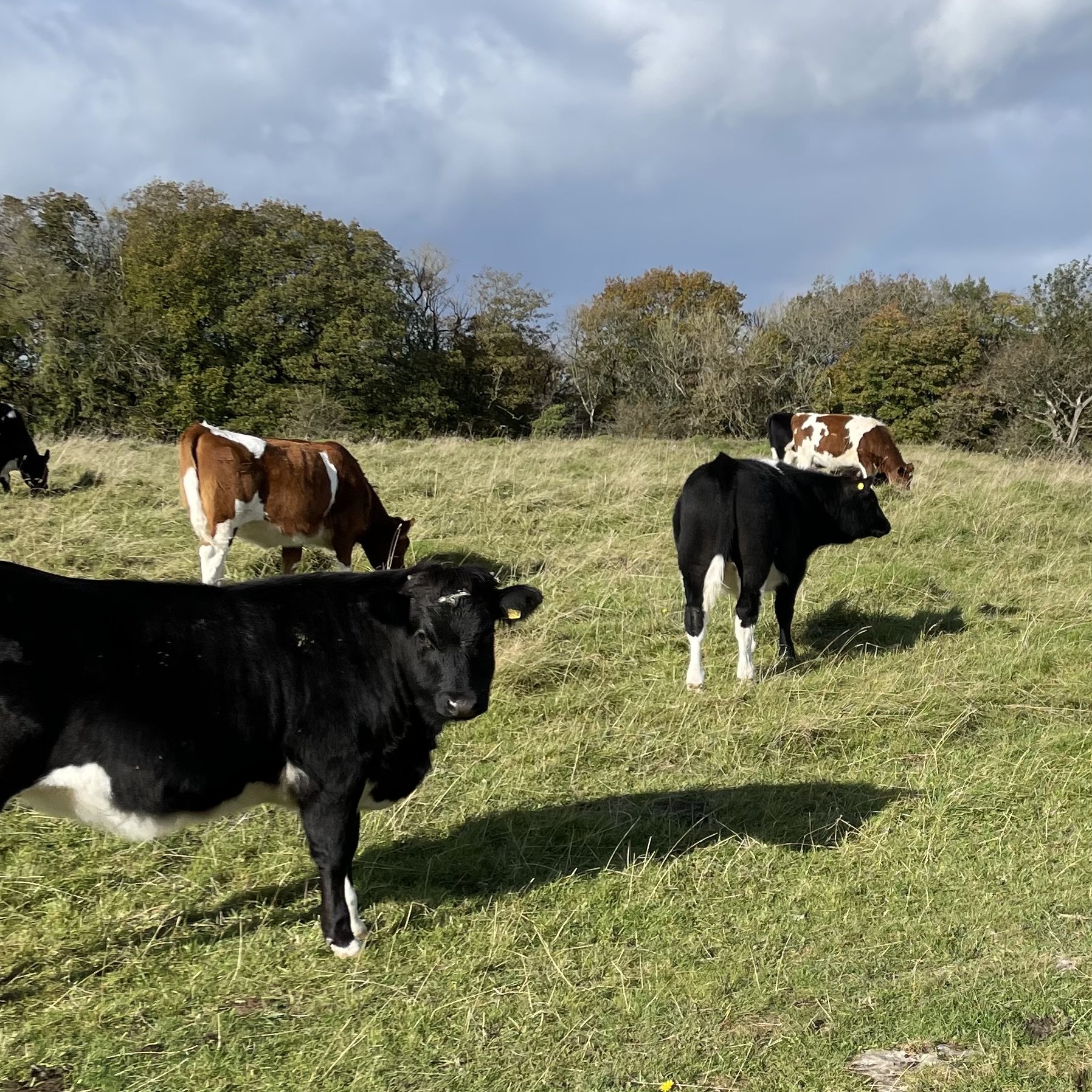What makes a Landscape?
A landscape consists of the geographic features that mark, or are distinct to, a particular area. The term comes from the Dutch word landschap, which translates as ‘paintings of the countryside’.
Landscape for me has form and texture - the form is the underlying geology that shapes broadly what a landscape looks like (does it have mountains or rolling hills) - the texture is what is within that landscape (trees, meadows, wildlife).
Most of the landscapes we see today have been modified by humans and bear notes to our cultural past and present. The landscapes around Morecambe Bay have been shaped by people over centuries. This has led to the distinctive mosaic of habitats we see today - the texture of the landscape that makes it so special.
Rough grasslands on shallow limestone soils have been grazed by stock in low densities, maintaining cropped open areas. This has created warm sunny spots for butterflies and reptiles to enjoy as well as enabling thriving communities of wildflowers to grow.
Field boundaries, like hedgerows and walls, were installed to mark land ownership but have dual purpose as habitats for small mammals and birds. Traditional hedge-laying and dry-stone walling still takes place in many areas around the bay, with annual competitions helping to maintain these skills.
Limestone underpins the geology of the area and as such has been used for local building materials with a number of redundant and active quarries dotted around the bay. Loose stone from clearing fields for grazing was used to build the many dry-stone walls that criss-cross the landscape. The quarried sites often hold fascinating fossils from the days when shallow oceans covered this land, as well as hosting unique ferns and invertebrates that live in the clints and grikes of the remaining limestone pavements.
Semi-natural ancient woodlands (sites that have been woodland for a long time, though the shape of the woodland may have changed) are a frequent occurrence in the make-up of the landscape. These woodlands would have been managed for coppice materials, timber and charcoal (largely for the local gunpowder industry). Many sites are still managed by coppicing today but mainly for conservation rather than raw materials, though much of the wood removed is used and sold as firewood.
Peat also used to be a key fuel source for local communities from the large areas of mossland around the bay. Households would have the rights to cut peat on their local moss. This was stopped for a number of reasons and many of the mosses, that were drained or planted with trees after the war, have now been restored to their former glory, providing water storage and home for a variety of unique plants and animals.
Many people marvel at the landscapes of the Lake District and Scottish mountains - these have fantastic form - but to me the texture of the landscape around the bay is much richer and holds many more natural wonders to explore.
Join me on a NaturesGems tour to discover more.
